As full-time students at Wellesley College, we want to help students like ourselves spend quality time studying. When proposing project ideas for our Human Computer Interaction course, we discussed how challenging it is to manage our time with the stresses of academics, social life, and future goals.
Our key goals:
- Organize schedule and help users track their tasks
- Offer time-management methods to increase effectiveness and attentiveness for the user
- Allow the user to review the task they just worked on, offering performance questions and self-reflection material
College students struggle to focus and balance tasks effectively, leading to stress and below-average academic performance. Students currently approach this problem by setting app limits attempting to improve time management, but they still end up feeling overwhelmed and and losing track of the tasks they have to complete. Therefore, we created an innovative app that helps college students enhance their focus and productivity with time management methods and progress trackers.
When brainstorming ideas for our application features, we invited three different users (all college students) to discuss their studying habits. We asked them questions about schedules, academic rigor, and distractions.
Main Takeaways:
• Switching through apps in order to check assignments, play music, etc. opens an opportunity for distractions.
• Struggle to decide what to start working on and keep in mind all assignments.
• Important to focus on design simplicity and an easy to learn platform.
• Responsibilities have different criteria to be categorized as.
• Completely restricting distracting app's access is not effective for students.
.png)
Having different ways to categorize and track tasks/goals allowing students to easily their schedule according to different criteria.
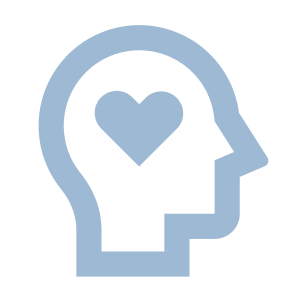
Keeping in mind students' mental health and promoting reflections, through a self-assesment about their productivity and learning to help them with future work approaches and strategies.
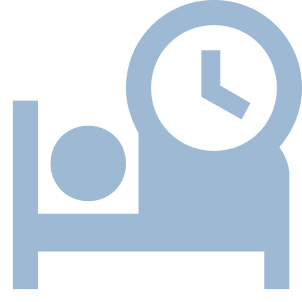
Offering time management methods through timers, assisting them by establishing study and resting times
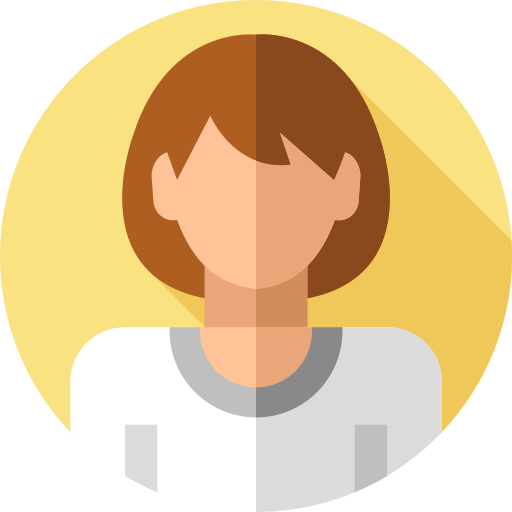
Wendy
First-generation college student • Undecided Sophomore at small liberal arts college
• Strong aspirations of finding a career in the tech industry
• She fills her plate with extracurriculars, social events and job applications.
• Her strong commitment to work rather than academics impacts her negatively.
They

Alexis
Community college student • Senior at a big state school
• Part-time researcher on campus
• They have a tight schedule due to travel to/from campus.
• They feel intense pressure from her parents who are lawyers, as they prepare for LSAT.
They
In our application, we focus on three high-level tasks (tasks we want to accomplish with user-interaction). These are visualized below with three Hierarchical Task Analysis visuals.
Task 1: Creating a new task for users to keep track of
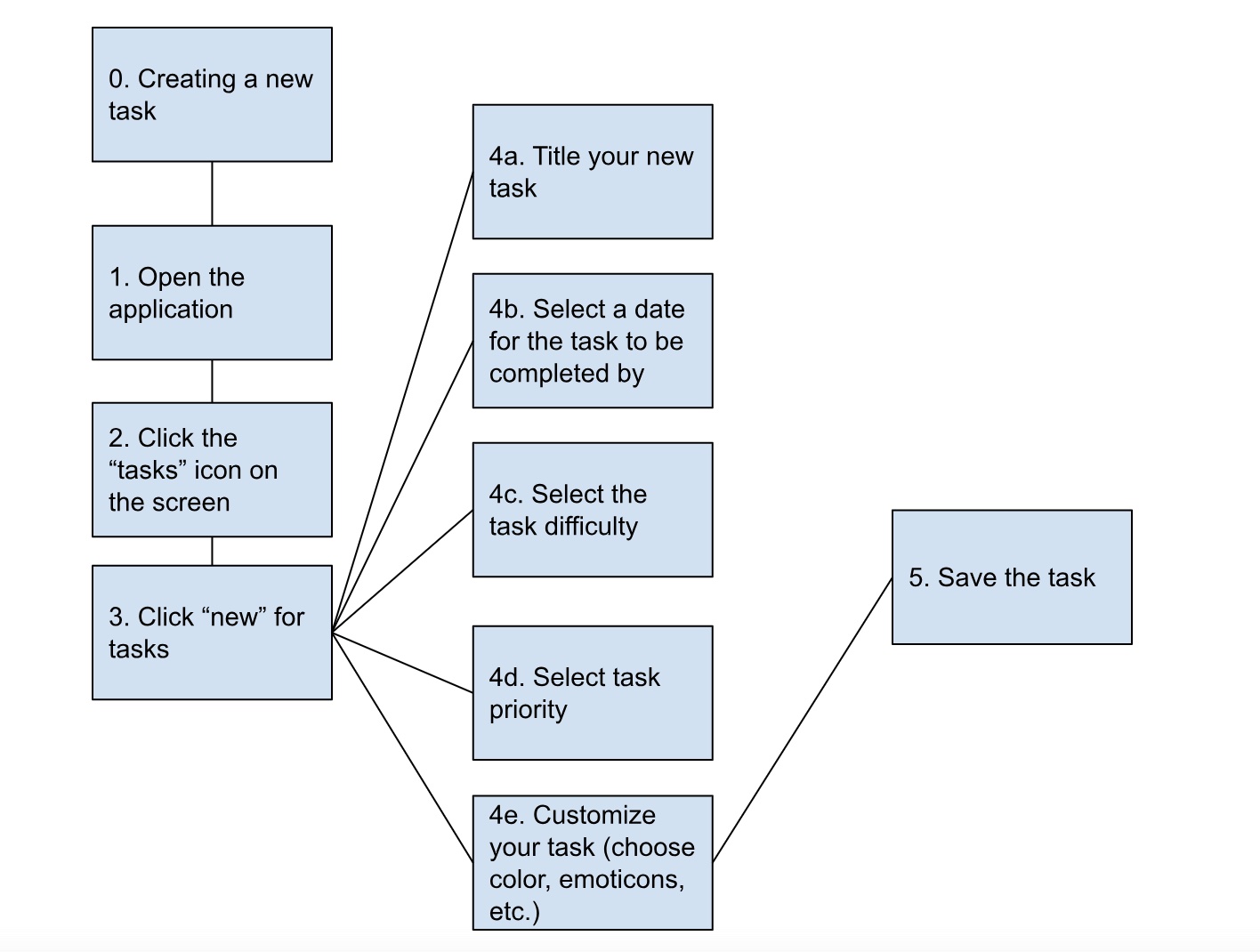
Task 3: Writing an optional reflection about the task performed
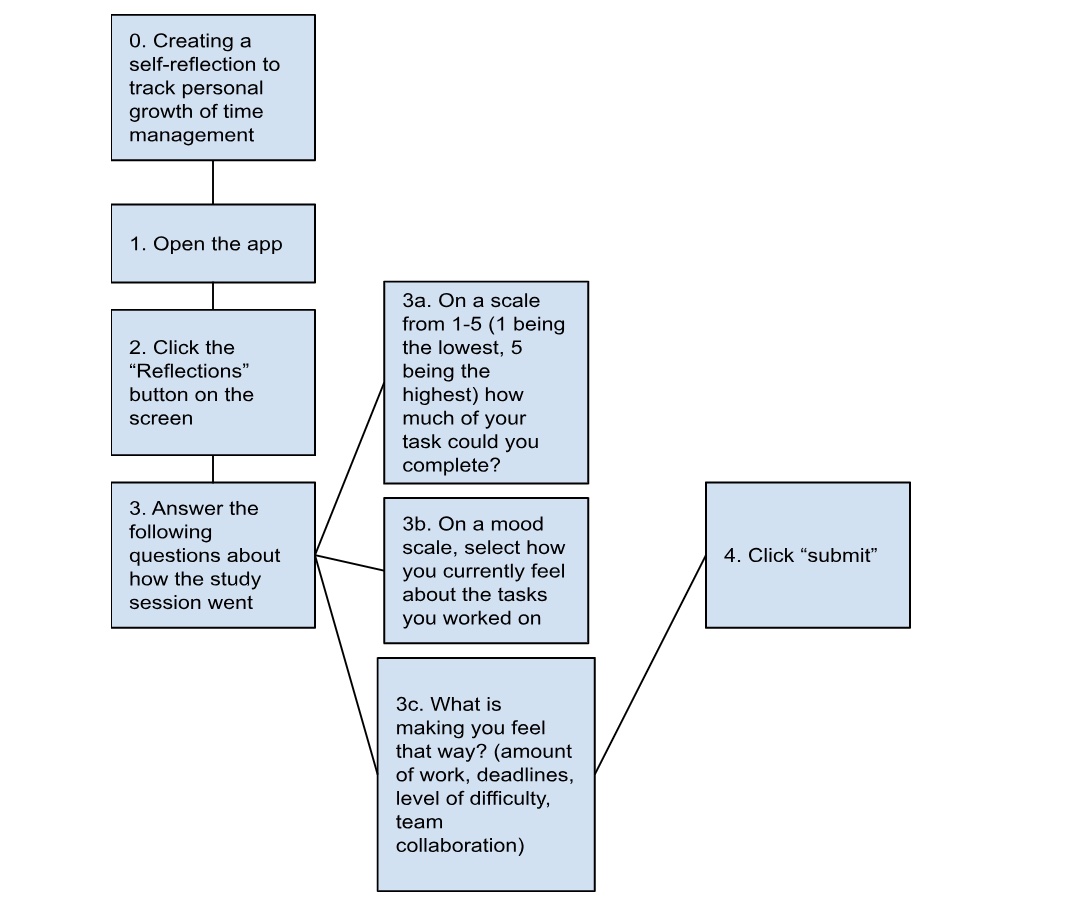
Task 2: Starting a pomodoro/custom timer that users can use manage time wisely
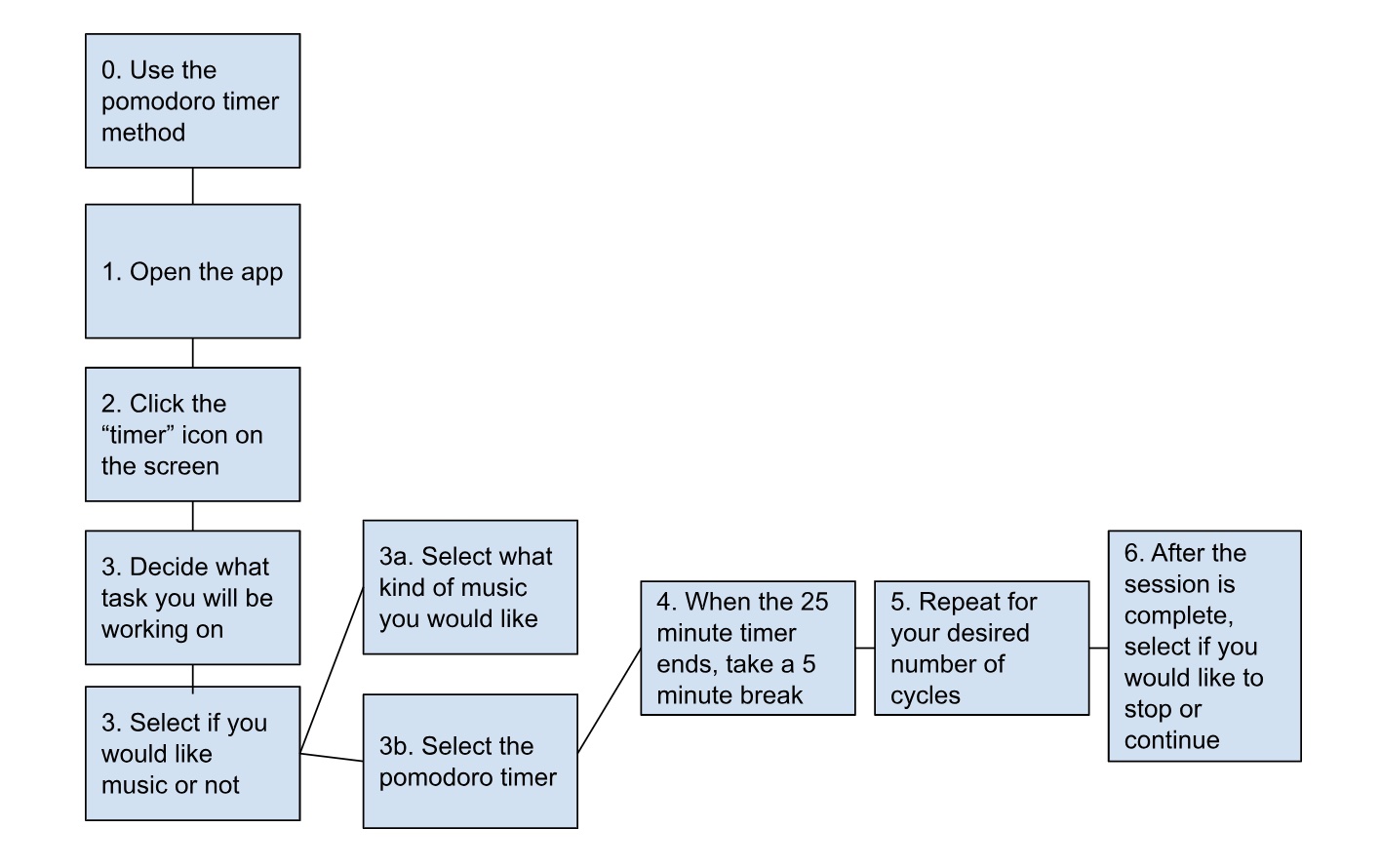
They

• Calendar view in home page
• Tasks coming up soon panel
• Tasks organized according to due date
• Graph summarizing recent reflections and moods
• Use of tags to shorten answers
• Questions for the user to review their progress and start thinking of future approaches for the task
• Emojis and sliders to fasten up answering the reflection questionnaire
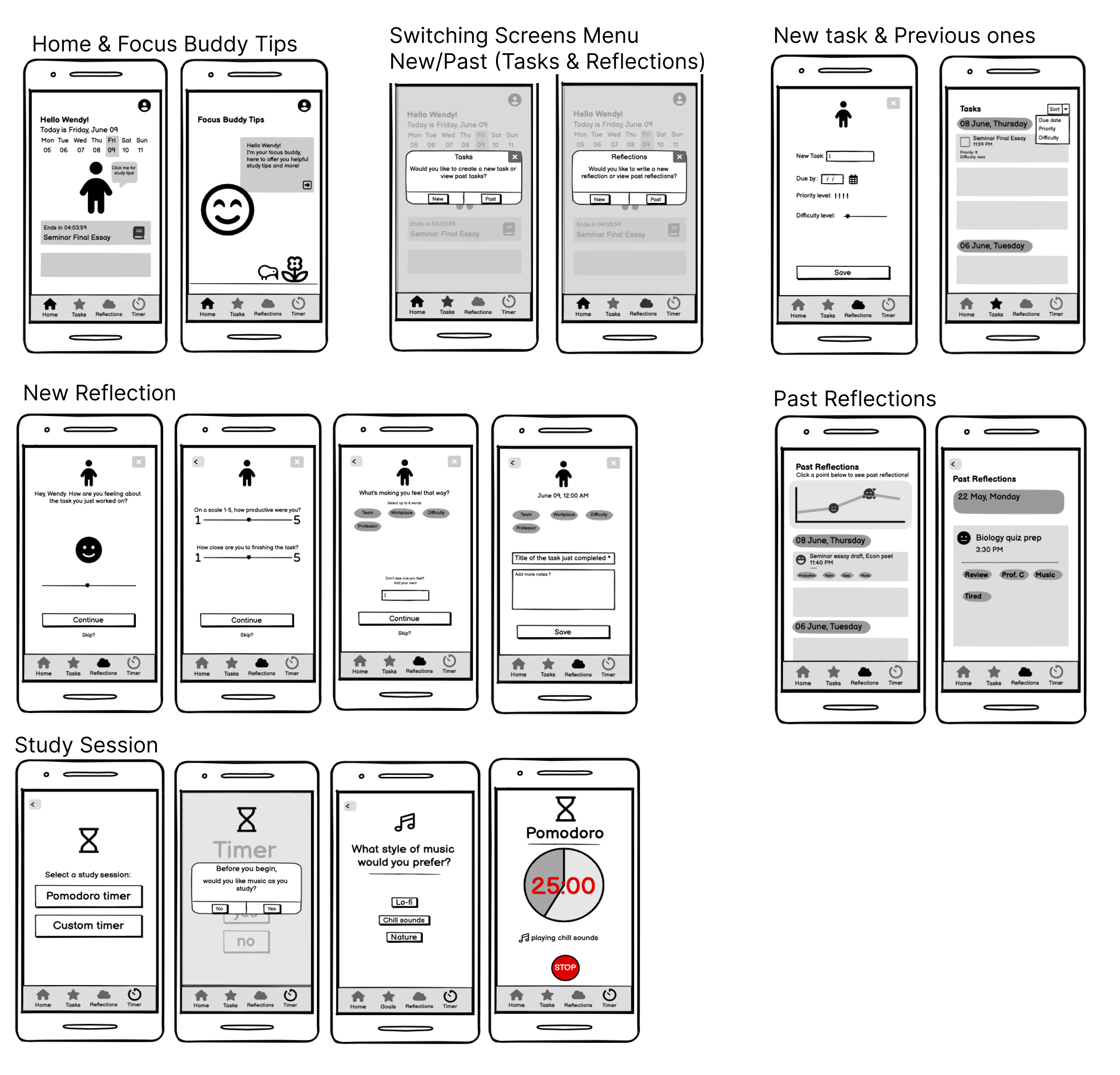
They
• Short description of some features: Some users were not familiar with some concepts or how a feature worked. We later approached this by adding short explanations to answer questions like "what is a Pomodoro timer?".
• Self reflection questions: There are different ways in which progress and productivity can be defined and conceptualized, more questions can help people have a better analysis of their work performance.
• Reflection right after a study session: To prioritize this feature users suggested to automatically be asked to write a reflection after finishing a study session with our timers.
.png)
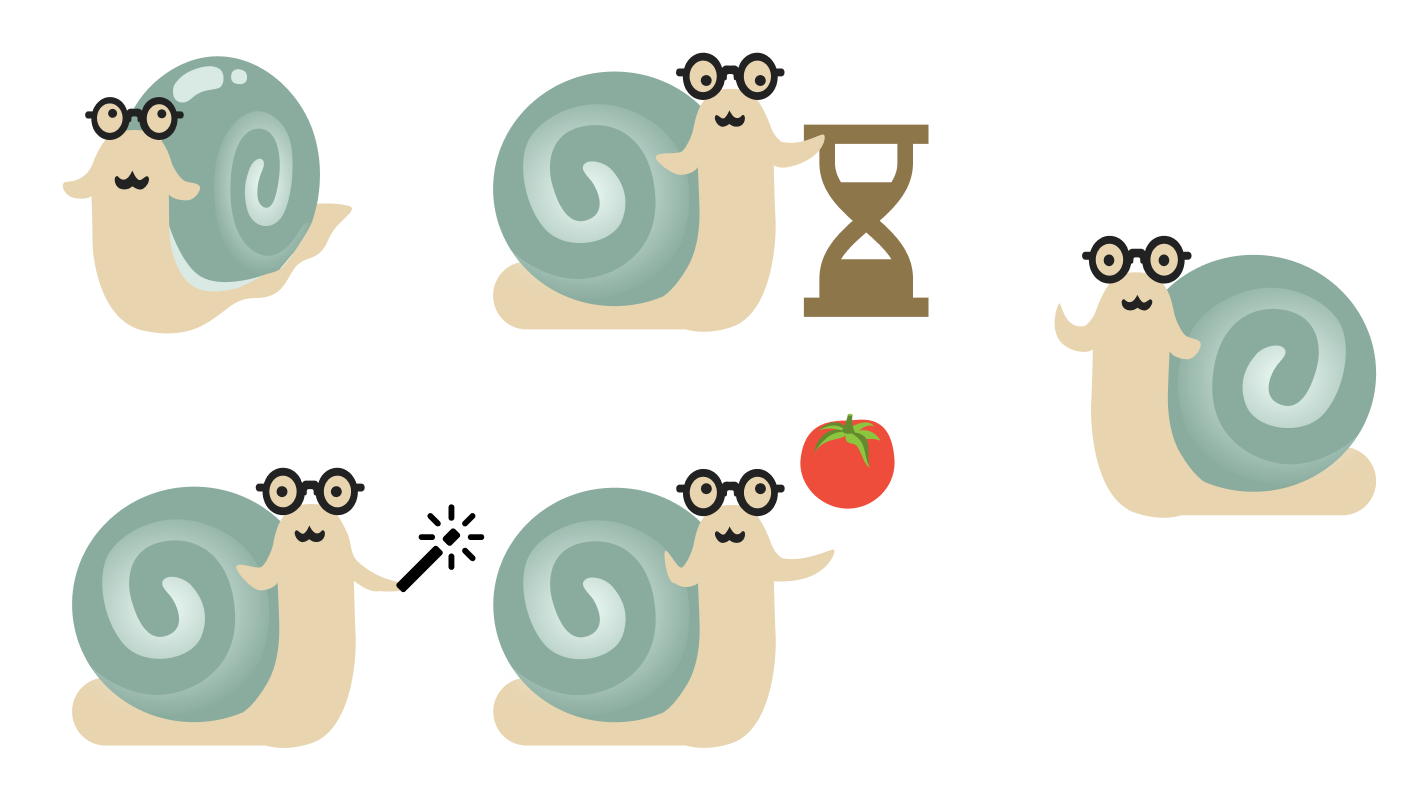
A calendar view in the home page with tasks that are due within 24 hours or less time. The user can interact with the our FocusBuddy which offers daily tips to help work performance.
Users can track their tasks due and decide how to plan out their schedule according to priority, difficulty, and due time.
Students can easily review their study sessions and assess their mental state and emotions by answering a series of questions. They can rate their productivity, learning, and progress on tasks, add notes, and track their feelings over time on a graph in the past reflections page.
This feature enables users to leverage the Pomodoro technique or custom timers while studying, with the added option to play music for enhanced focus and efficiency.
While designing something for college students I found it important to keep in mind the diverse careers and types of assignments that students deal with, this was something that I did not expect to influence our design. I learned a lot while working on our branding and visual identity because we wanted our app to be playful and engaging but still look formal and mature for our target audience which consists of people that are in higher education.
Next Steps
- Conducting more user interviews and usability tests with college students.
- Further developing the self-reflection questionnaire and adding more questions specifically to help them develop a plan for their next task or study session.
- Have the user interact more with the character or make more variations and movement to encourage the users and make it a more playful experience.